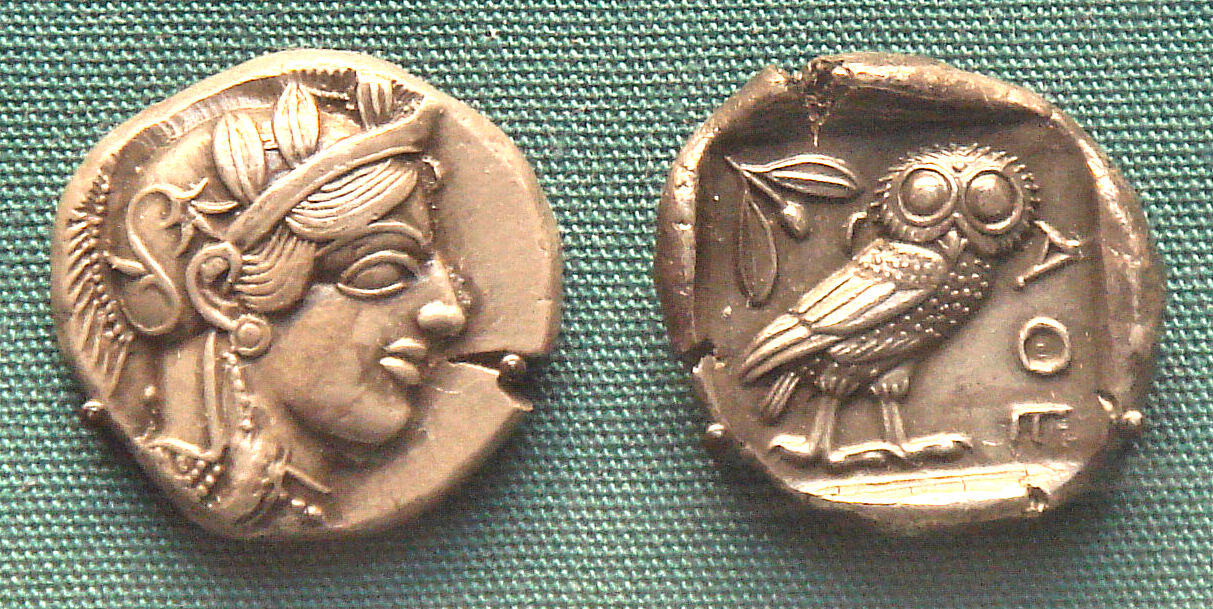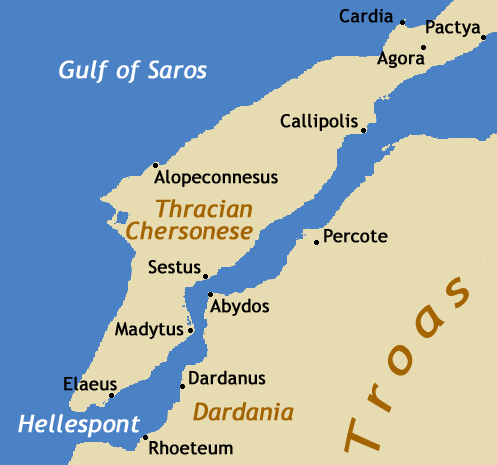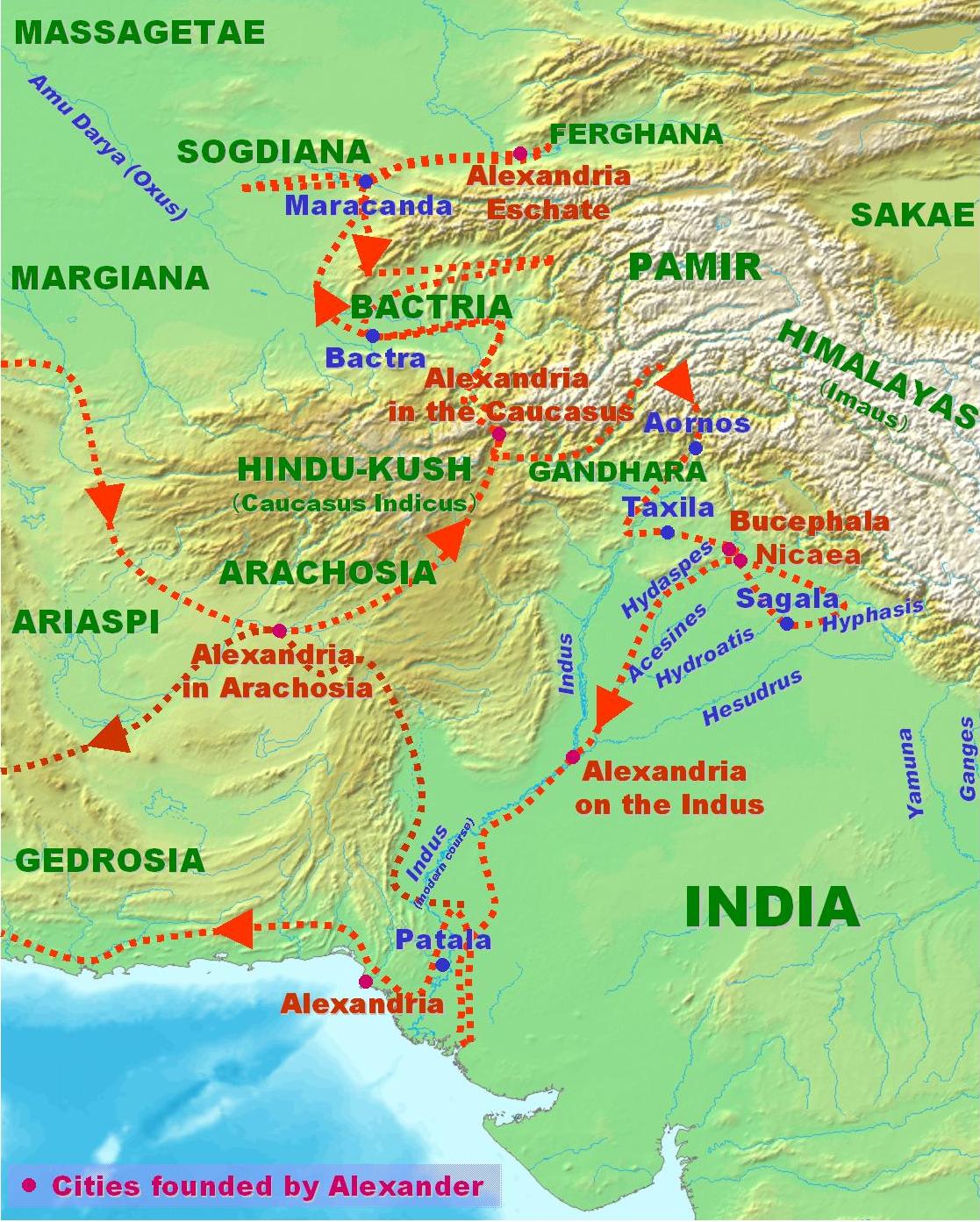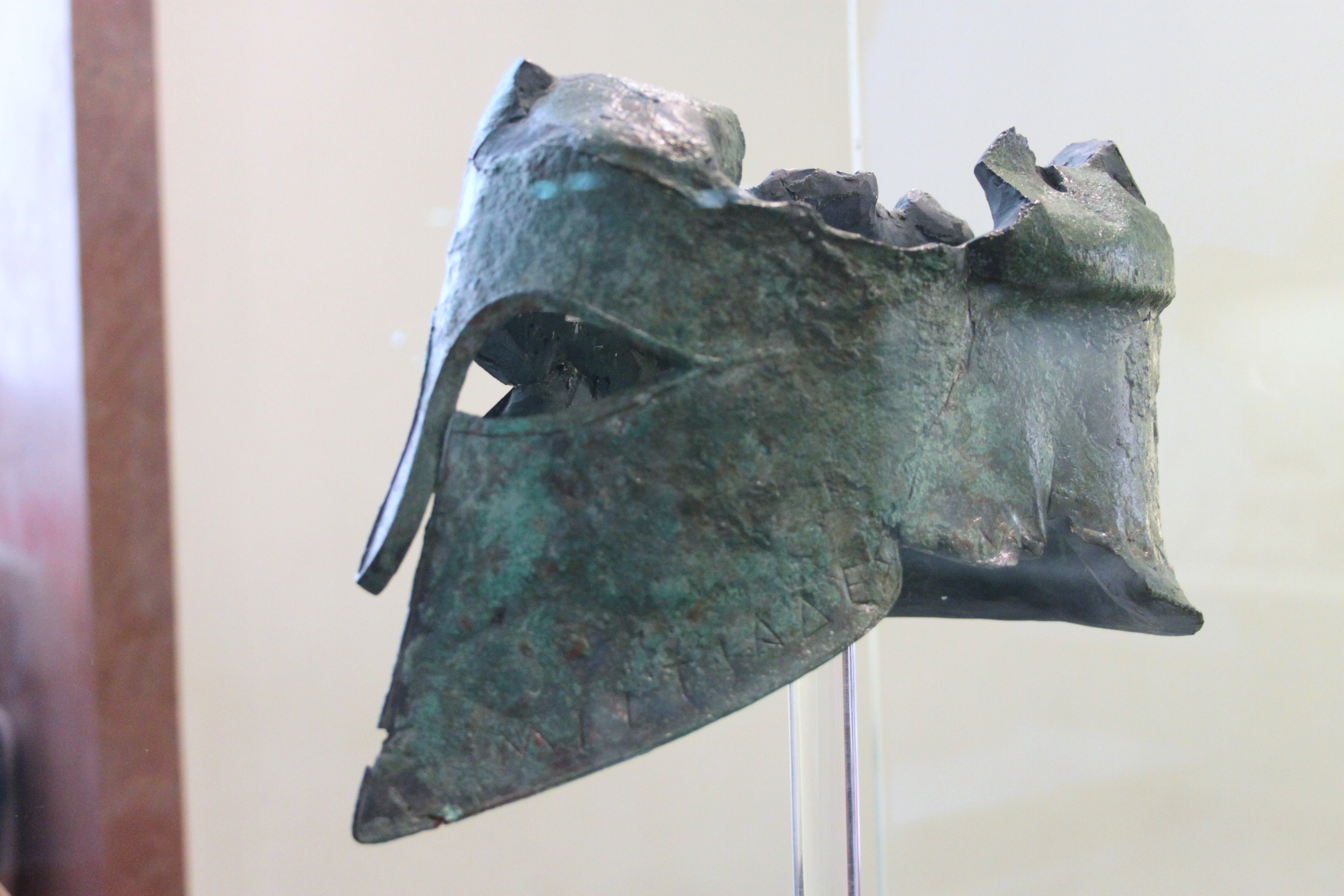|
Eurydice Of Athens
Eurydice ( el, Εὐρυδίκη ἡ Ἀθηναία) was an Athenian woman of a family descended from Miltiades. She was first married to the Macedonian commander Ophellas, the conqueror and ruler of Cyrene, and after his death returned to Athens, where she married Demetrius I of Macedon Demetrius I (; grc, Δημήτριος; 337–283 BC), also called Poliorcetes (; el, Πολιορκητής, "The Besieger"), was a Macedonian nobleman, military leader, and king of Macedon (294–288 BC). He belonged to the Antigonid dynast ..., on occasion of his first visit to that city. She is said to have had by him a son called Corrhabus. References *{{SmithDGRBM 4th-century BC Greek women 3rd-century BC Greek women Ancient Athenian women Ancient Macedonian queens consort Philaidae 4th-century BC Athenians 3rd-century BC Athenians Cyrenean Greeks ... [...More Info...] [...Related Items...] OR: [Wikipedia] [Google] [Baidu] |
Classical Athens
The city of Athens ( grc, Ἀθῆναι, ''Athênai'' .tʰɛ̂ː.nai̯ Modern Greek: Αθήναι, ''Athine'' or, more commonly and in singular, Αθήνα, ''Athina'' .'θi.na during the classical period of ancient Greece (480–323 BC) was the major urban centre of the notable ''polis'' (city-state) of the same name, located in Attica, Greece, leading the Delian League in the Peloponnesian War against Sparta and the Peloponnesian League. Athenian democracy was established in 508 BC under Cleisthenes following the tyranny of Isagoras. This system remained remarkably stable, and with a few brief interruptions remained in place for 180 years, until 322 BC (aftermath of Lamian War). The peak of Athenian hegemony was achieved in the 440s to 430s BC, known as the Age of Pericles. In the classical period, Athens was a centre for the arts, learning and philosophy, home of Plato's Academy and Aristotle's Lyceum, Athens was also the birthplace of Socrates, Plato, Pericles, Ari ... [...More Info...] [...Related Items...] OR: [Wikipedia] [Google] [Baidu] |
Miltiades The Younger
Miltiades (; grc-gre, Μιλτιάδης; c. 550 – 489 BC), also known as Miltiades the Younger, was a Greek Athenian citizen known mostly for his role in the Battle of Marathon, as well as for his downfall afterwards. He was the son of Cimon Coalemos, a renowned Olympic chariot-racer, and the father of Cimon, the noted Athenian statesman. Family Miltiades was a well-born Athenian, and considered himself a member of the Aeacidae, as well as a member of the prominent Philaid clan. He came of age during the tyranny of the Peisistratids. His family was prominent, due in good part to their success with Olympic chariot-racing.Creasy (1880) pg. 9 Plutarch claimed that Cimon, Miltiades' father, was known as "Coalemos", meaning "simpleton", because he had a reputation for being rough around the edges, but whose three successive chariot-racing victories at the Olympics made him popular, so popular in fact that, Herodotus claims, the sons of Peisistratos murdered him out of jealousy. ... [...More Info...] [...Related Items...] OR: [Wikipedia] [Google] [Baidu] |
Ancient Macedonians
The Macedonians ( el, Μακεδόνες, ''Makedónes'') were an ancient tribe that lived on the alluvial plain around the rivers Haliacmon and lower Vardar, Axios in the northeastern part of Geography of Greece#Mainland, mainland Greece. Essentially an Ancient Greece, ancient Greek people,; ; ; ; ; ; ; ; ; ; ; ; ; ; ; ; ; ; ; . they gradually expanded from their homeland along the Haliacmon valley on the northern edge of the Greek world, absorbing or driving out neighbouring non-Greek tribes, primarily Thracians, Thracian and Illyrians, Illyrian.. They spoke Ancient Macedonian language, Ancient Macedonian, which was perhaps a sister language, sibling Hellenic languages, language to Ancient Greek, Ancient Greek language, Greek, but more commonly thought to have been a dialect of Northwest Greek, Northwest Doric Greek; though, some have also suggested an Aeolic Greek classification. However, the Lingua franca, prestige language of the region during the Classical Greece, Classic ... [...More Info...] [...Related Items...] OR: [Wikipedia] [Google] [Baidu] |
Ophellas
Ophellas or Ophelas ( fl. c. 350 – 308 BC) was an Ancient Macedonian soldier and politician. Born in Pella in Macedonia, he was a member of the expeditionary army of Alexander the Great in Asia, and later acted as Ptolemaic governor of Cyrene. His father's name was Seilenus. India Ophellas's name is first mentioned as a trierarch (commander of a trireme) of the fleet of Alexander the Great on the Indus in 326 BC. Cyrenaica governor (322-c. 308) After the death of Alexander, he followed the fortunes of Ptolemy I Soter, by whom he was sent, in 322 BC, at the head of a considerable army, to take advantage of the civil war which had broken out in Cyrenaica. This he successfully accomplished. Having totally defeated Thimbron and the party that supported him, he helped establish Ptolemaic control over Cyrene itself and its dependencies. The character of the new pro-Ptolemaic regime at Cyrene is illuminated by a lengthy constitutional document from Cyrene, preserved on stone, wh ... [...More Info...] [...Related Items...] OR: [Wikipedia] [Google] [Baidu] |
Cyrene, Libya
Cyrene ( ) or Kyrene ( ; grc, Κυρήνη, Kyrḗnē, arb, شحات, Shaḥāt), was an ancient Greek and later Roman city near present-day Shahhat, Libya. It was the oldest and most important of the five Greek cities, known as the pentapoleis, in the region. It gave eastern Libya the classical name ''Cyrenaica'' that it has retained to modern times. Located nearby is the ancient Necropolis of Cyrene. The traditional founder of the city was Battus the Lacedemonian, though the exact relationship between the fledgling city and other cities has led historians to question that narrative. Particularly, the idea that Thera was the sole "mother city" is disputed; and the relationship with other cities, such as Sparta and Samnium merchants, is unclear. Cyrene lies in a lush valley in the Jebel Akhdar uplands. The city was named after a spring, Kyre, which the Greeks consecrated to Apollo. It became the seat of the Cyrenaics, a famous school of philosophy in the fourth century BC, fo ... [...More Info...] [...Related Items...] OR: [Wikipedia] [Google] [Baidu] |
Demetrius I Of Macedon
Demetrius I (; grc, Δημήτριος; 337–283 BC), also called Poliorcetes (; el, Πολιορκητής, "The Besieger"), was a Macedonian nobleman, military leader, and king of Macedon (294–288 BC). He belonged to the Antigonid dynasty and was its first member to rule Macedonia. He was the son of Antigonus I Monophthalmus and Stratonice. Biography Early career Demetrius served with his father, Antigonus I Monophthalmus, during the Second War of the Diadochi. He participated in the Battle of Paraitakene where he commanded the cavalry on the right flank. Despite the Antigonid left flank, commanded by Peithon, being routed, and the center, commanded by Antigonus, being dealt heavy losses at the hands of the famous Silver Shields, Demetrius was victorious on the right, and his success there ultimately prevented the battle from being a complete loss. Demetrius was again present at the conclusive Battle of Gabiene. Directly after the battle, while Antigonus held the b ... [...More Info...] [...Related Items...] OR: [Wikipedia] [Google] [Baidu] |
4th-century BC Greek Women
The 4th century (per the Julian calendar and Anno Domini/Common era) was the time period which lasted from 301 ( CCCI) through 400 ( CD). In the West, the early part of the century was shaped by Constantine the Great, who became the first Roman emperor to adopt Christianity. Gaining sole reign of the empire, he is also noted for re-establishing a single imperial capital, choosing the site of ancient Byzantium in 330 (over the current capitals, which had effectively been changed by Diocletian's reforms to Milan in the West, and Nicomedeia in the East) to build the city soon called Nova Roma (New Rome); it was later renamed Constantinople in his honor. The last emperor to control both the eastern and western halves of the empire was Theodosius I. As the century progressed after his death, it became increasingly apparent that the empire had changed in many ways since the time of Augustus. The two emperor system originally established by Diocletian in the previous century fell int ... [...More Info...] [...Related Items...] OR: [Wikipedia] [Google] [Baidu] |
3rd-century BC Greek Women
The 3rd century was the period from 201 ( CCI) to 300 (CCC) Anno Domini (AD) or Common Era (CE) in the Julian calendar.. In this century, the Roman Empire saw a crisis, starting with the assassination of the Roman Emperor Severus Alexander in 235, plunging the empire into a period of economic troubles, barbarian incursions, political upheavals, civil wars, and the split of the Roman Empire through the Gallic Empire in the west and the Palmyrene Empire in the east, which all together threatened to destroy the Roman Empire in its entirety, but the reconquests of the seceded territories by Emperor Aurelian and the stabilization period under Emperor Diocletian due to the administrative strengthening of the empire caused an end to the crisis by 284. This crisis would also mark the beginning of Late Antiquity. In Persia, the Parthian Empire was succeeded by the Sassanid Empire in 224 after Ardashir I defeated and killed Artabanus V during the Battle of Hormozdgan. The Sassani ... [...More Info...] [...Related Items...] OR: [Wikipedia] [Google] [Baidu] |
Ancient Athenian Women
Ancient history is a time period from the beginning of writing and recorded human history to as far as late antiquity. The span of recorded history is roughly 5,000 years, beginning with the Sumerian cuneiform script. Ancient history covers all continents inhabited by humans in the period 3000 BCAD 500. The three-age system periodizes ancient history into the Stone Age, the Bronze Age, and the Iron Age, with recorded history generally considered to begin with the Bronze Age. The start and end of the three ages varies between world regions. In many regions the Bronze Age is generally considered to begin a few centuries prior to 3000 BC, while the end of the Iron Age varies from the early first millennium BC in some regions to the late first millennium AD in others. During the time period of ancient history, the world population was already exponentially increasing due to the Neolithic Revolution, which was in full progress. While in 10,000 BC, the world population stood at ... [...More Info...] [...Related Items...] OR: [Wikipedia] [Google] [Baidu] |
Ancient Macedonian Queens Consort
Ancient history is a time period from the beginning of writing and recorded human history to as far as late antiquity. The span of recorded history is roughly 5,000 years, beginning with the Sumerian cuneiform script. Ancient history covers all continents inhabited by humans in the period 3000 BCAD 500. The three-age system periodizes ancient history into the Stone Age, the Bronze Age, and the Iron Age, with recorded history generally considered to begin with the Bronze Age. The start and end of the three ages varies between world regions. In many regions the Bronze Age is generally considered to begin a few centuries prior to 3000 BC, while the end of the Iron Age varies from the early first millennium BC in some regions to the late first millennium AD in others. During the time period of ancient history, the world population was already exponentially increasing due to the Neolithic Revolution, which was in full progress. While in 10,000 BC, the world population stood at ... [...More Info...] [...Related Items...] OR: [Wikipedia] [Google] [Baidu] |
Philaidae
The Philaidae or Philaids were a powerful noble family of ancient Athens. They were conservative land owning aristocrats and many of them were very wealthy. The Philaidae produced two of the most famous generals in Athenian history: Miltiades the Younger and Cimon. The Philaids claimed descent from the mythological Philaeus, son of Ajax. The family originally came from Brauron in Attica. Later a prominent branch of the clan were based at Lakiadae west of Athens. In the late 7th century BC a Philaid called Agamestor married the daughter of Cypselus, the powerful tyrant of Corinth. In 597 BC a man named Cypselus was archon of Athens. This Cypselus was probably grandson of the Corinthian tyrant of the same name and son of Agamestor. Some years before 566 BC, a member of the Philaid clan, Hippocleides, was a suitor for the hand of Agariste, the daughter of the influential tyrant of Sicyon, Cleisthenes. However Hippocleides lost out to Megacles from the rival Alcmaeonid clan when Clei ... [...More Info...] [...Related Items...] OR: [Wikipedia] [Google] [Baidu] |
4th-century BC Athenians
The 4th century (per the Julian calendar and Anno Domini/Common era) was the time period which lasted from 301 ( CCCI) through 400 ( CD). In the West, the early part of the century was shaped by Constantine the Great, who became the first Roman emperor to adopt Christianity. Gaining sole reign of the empire, he is also noted for re-establishing a single imperial capital, choosing the site of ancient Byzantium in 330 (over the current capitals, which had effectively been changed by Diocletian's reforms to Milan in the West, and Nicomedeia in the East) to build the city soon called Nova Roma (New Rome); it was later renamed Constantinople in his honor. The last emperor to control both the eastern and western halves of the empire was Theodosius I. As the century progressed after his death, it became increasingly apparent that the empire had changed in many ways since the time of Augustus. The two emperor system originally established by Diocletian in the previous century fell in ... [...More Info...] [...Related Items...] OR: [Wikipedia] [Google] [Baidu] |











